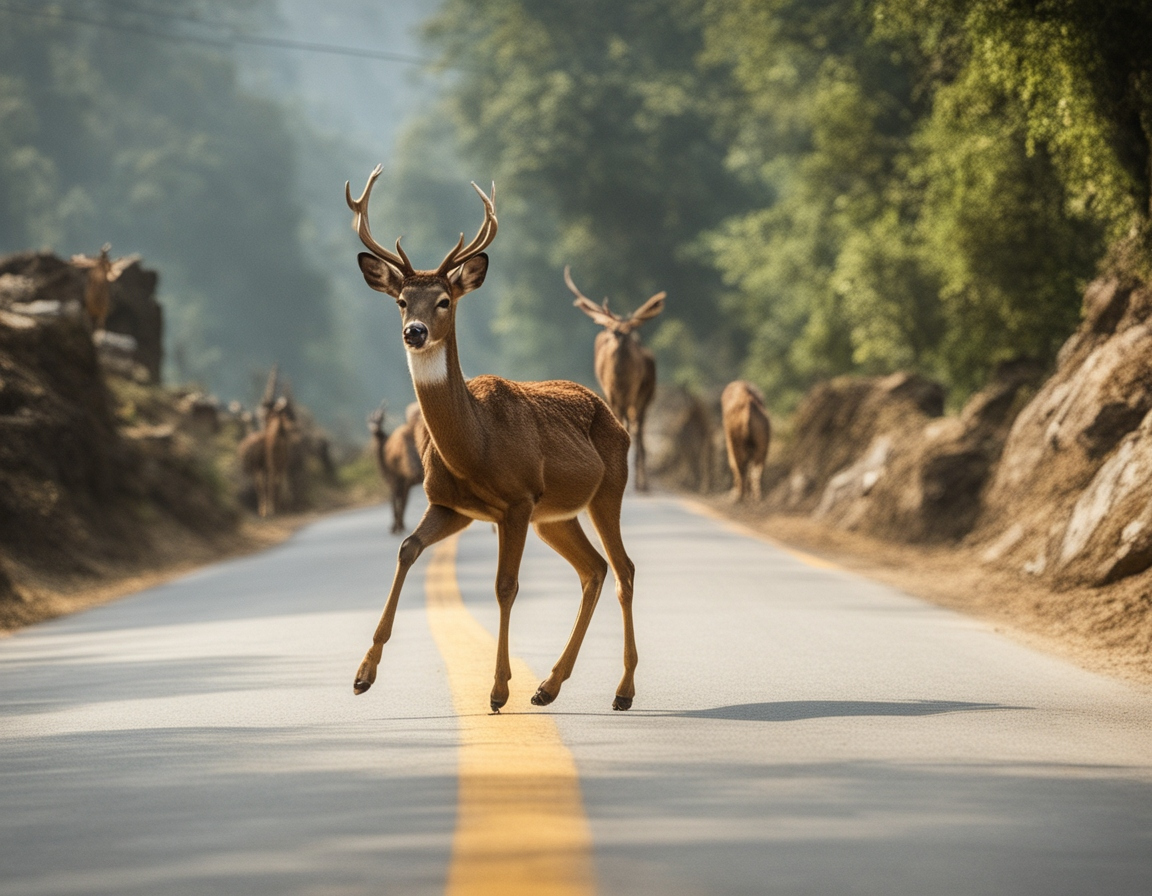Nepal's youngest national park, Parsa, is intersected by a busy highway leading to frequent wildlife roadkill. To address this, officials propose building elevated sections for safe wildlife crossings, setting a new precedent for conservation efforts.
Original article written by: ABHAYA RAJ JOSHI
The Amlekhgunj-Pathlaiya section of Nepal’s East-West Highway is a vital trade route that cuts through Parsa National Park. This two-lane road sees a lot of traffic, including trucks carrying goods to and from India. Unfortunately, this traffic often results in wildlife roadkill. Between 2016 and 2018, 60 animals, including deer, snakes, and monkeys, were killed by vehicles. In the past two years, this figure stood at 39, including an adult female tiger. The government plans to expand this road to four lanes, which could worsen the problem. To address this, officials are considering building elevated sections to allow safe wildlife crossings.
The Department of National Parks and Wildlife Conservation has proposed two elevated roads around Parsa National Park. These roads aim to minimize accidents and ensure safe passage for wildlife. The plan, still under discussion, includes building a 1-kilometer and a 2.5-kilometer elevated road. This proposal aligns with Nepal’s 2023 guidelines on wildlife-friendly infrastructure. While other national parks like Chitwan and Bardiya have implemented measures to protect wildlife, Parsa faces challenges due to the high volume of traffic and its status as a major trade route with India. The new elevated roads could set a precedent for future conservation efforts in Nepal.
Implementing these elevated roads is not without challenges. The actual construction phase needs careful planning to ensure animals can still move freely. Additionally, it will take time for wildlife to adapt to the new crossings. Despite these hurdles, the elevated roads are a significant step towards balancing infrastructure development with wildlife conservation. If successful, these measures will prevent the highway from remaining a barrier for wildlife in Parsa and Chitwan. Conservationists are hopeful that these elevated sections will reduce roadkill incidents and protect endangered species.

